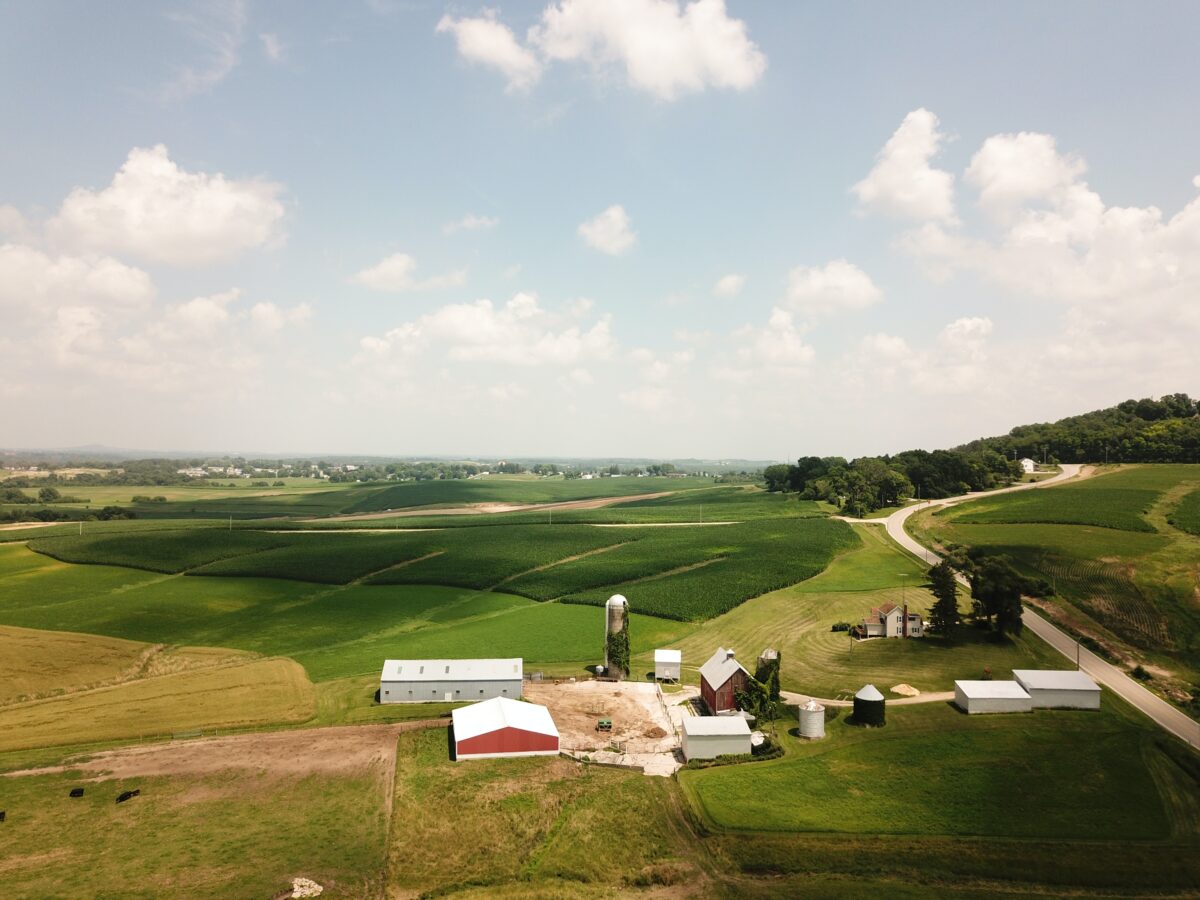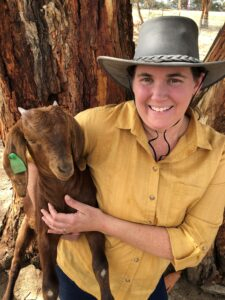Rural Home Loans are our specialty.
Are you dreaming of a peaceful life in the countryside, far away from the hustle and bustle of city living?
Perhaps you’re picturing a home surrounded by rolling hills, wide open skies, and the gentle sounds of nature instead of traffic. If so, you’re not alone—more and more Australians are seeking a quieter, more relaxed lifestyle in rural areas. But buying property in the country often comes with a unique set of challenges, especially when it comes to securing financing.
Traditional banks and lenders can be hesitant to approve loans for rural properties, especially if the land is large, used for agricultural purposes, or located far from major towns. The good news? There’s a practical and accessible solution: rural home loans.
In this post, we’ll guide you through how rural home loans work, how much deposit you’ll need, and what to watch out for before applying. Whether you’re planning to move permanently, buy a weekender, or invest in rural land, understanding your finance options is the first step toward making your countryside dream a reality.
💡 How Do Rural Home Loans Work?
Rural home loans are specifically designed to help individuals and families buy property outside of metropolitan and large regional areas. These loans are offered by a range of lenders, including banks, credit unions, and government-backed institutions. While the structure of the loan is similar to a standard mortgage, there are some important differences to keep in mind.
Here’s what sets rural home loans apart:
-
Lower Deposit Requirements: Many rural home loans offer more flexible deposit options. In some cases, you may only need to provide a 5% deposit, much lower than the 20% often required for standard home loans.
-
Competitive Interest Rates: Depending on the lender and loan structure, you may be eligible for lower interest rates. Over time, this can significantly reduce your monthly repayments and total loan costs.
-
Tailored Eligibility Criteria: Unlike standard mortgages, rural home loans consider unique factors such as property zoning, land use, and access to essential infrastructure like roads and water.
To qualify, you’ll usually need to meet income thresholds, often capped at 115% of the median household income in your region. You’ll also need to provide standard documentation, such as proof of employment, tax returns, and details of any assets or liabilities.
Keep in mind that different lenders have different definitions of what qualifies as “rural.” Some define it based on population size, others by postcode or property zoning—so it’s crucial to work with someone who understands the landscape.
💰 How Much Deposit Do I Need for a Rural Home Loan?
The deposit requirement can vary depending on the lender and the type of property you’re buying. In general, most rural home loans will require a deposit of at least 20% of the property’s purchase price. However, there are exceptions.
Some lenders—and government schemes—offer options for lower deposits:
-
First Home Loan Deposit Scheme (FHLDS): This government initiative allows eligible first-home buyers to purchase a property with as little as a 5% deposit, without needing to pay Lender’s Mortgage Insurance (LMI). This can be a game-changer for buyers struggling to save a large deposit.
-
Family Guarantees or Equity Loans: If you have a family member willing to act as a guarantor or you already own property, you may be able to use equity to reduce your upfront costs.
That said, a smaller deposit usually means higher long-term costs, including:
-
Higher interest rates
-
Lender’s Mortgage Insurance (LMI)
-
Stricter loan terms or conditions
It’s important to weigh the pros and cons carefully. A lower deposit might help you buy sooner, but it can increase your financial obligations in the long run.
Before making a decision, speak to a mortgage broker or rural finance specialist who can help you assess your options and find a strategy that suits your financial goals.
⚠️ What Should You Be Aware of With a Rural Home Loan?
While rural home loans can make buying in the country more accessible, they’re not without their complexities. Rural properties come with unique characteristics that can affect both your eligibility for a loan and your quality of life after purchase.
Here are a few things to consider:
-
Limited Services and Infrastructure: Some rural properties may lack basic amenities like town water, sewage, or reliable internet access. This can not only impact your lifestyle but also influence a lender’s decision.
-
Valuation Challenges: Because rural properties can be more diverse (farmland, lifestyle blocks, mixed-use), valuing them accurately can be more difficult. If the property is under-valued by the bank, it may affect your borrowing power.
-
Property Zoning Restrictions: Land used for farming or commercial purposes may have zoning restrictions, which can impact how you use or develop the property, and your ability to get finance.
-
Maintenance and Insurance: Rural homes may require more ongoing upkeep, especially if they are located in bushfire-prone areas or flood zones. Insuring rural properties can also be more expensive.
The key to a smooth process is preparation. Make sure you do your due diligence, inspect the property thoroughly, and seek professional guidance from a finance expert familiar with rural lending.
🏡 Ready to Make the Move to Country Living?
If you’re considering purchasing a rural home, don’t let financing hurdles stand in the way of your dream. Rural home loans offer a range of flexible, tailored options that can help you secure the perfect property in a peaceful setting.
Whether you’re looking for wide open spaces, a simpler lifestyle, or an investment in a growing rural market, the right loan can make all the difference.
Need help getting started?
Get in touch with Alison from Rivendell Rural Finance. With years of experience helping Australians finance rural and regional properties, Alison can guide you through the process from start to finish. She’ll help you explore your options, understand your eligibility, and find a solution that fits your goals—so you can start your next chapter with confidence.
📞 Contact Alison today and take the first step toward your rural dream home.








